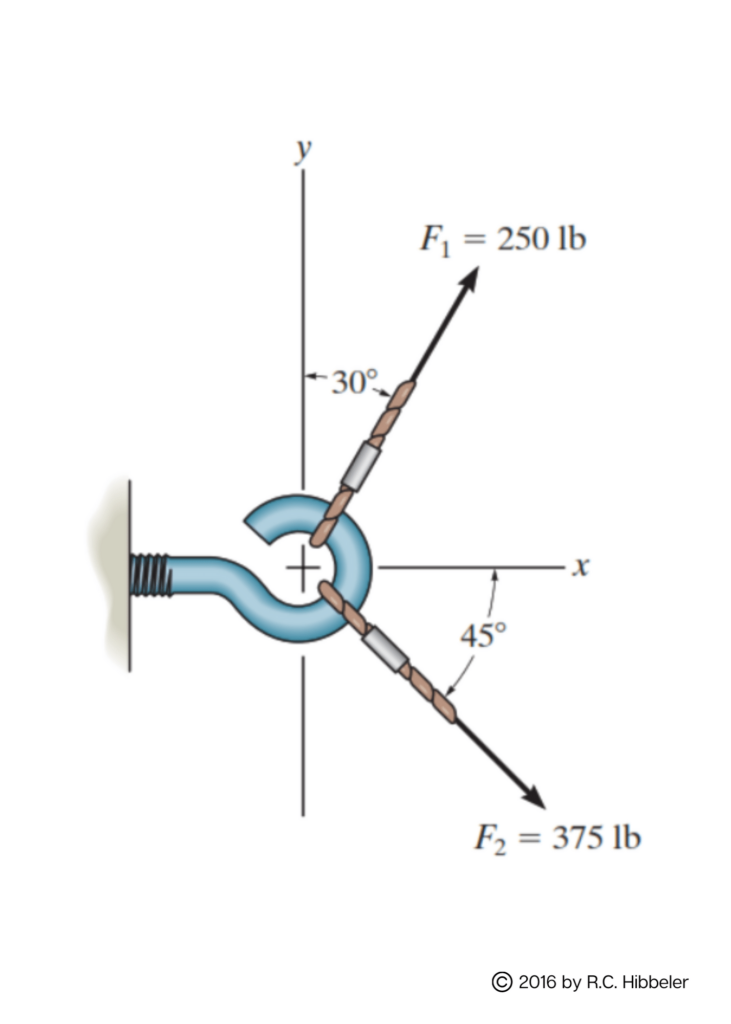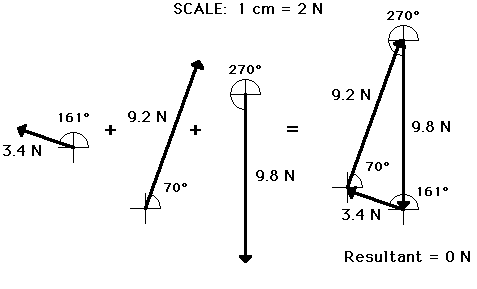
Statics is a class that deals with the application of Newtonian physics and serves as an entry point into engineering mechanics. Typically, mechanical and civil engineers take the class as an entry point to dynamics, fluids, and solids that students need to take later on in their academic careers.
The course gets the name “Statics” because it deals with the analysis and design of systems and objects that are in equilibrium, meaning that the body will be stationary or “static”. This article will outline further what statics entails, a first-hand account of how “hard” the curriculum is, and how it applies later on in an engineer’s career.
What is Statics?
As mentioned before, statics is the entry point of engineering mechanics in typical engineering curriculum. Engineering mechanics refers to the application of physics. Specifically, mechanics studies how forces interact with bodies and applies that insight that to engineering systems and situations. Mechanics helps an engineer to visualize and more accurately apply physics to the benefit and control of a system or body.
Statics focuses specifically on cases of mechanics in which the body is at rest or equilibrium. In terms of forces, this means that the body is experiencing a net of zero force in every axis causing it to be in equilibrium. This assumption occurs throughout all statics problems and becomes the foundation on which engineering students progress through engineering mechanics.
Statics typically slots into the curriculum as a sophomore-level class for mechanical engineering students and civil engineering students. Applications for statics differ for each engineering discipline as mechanics have a variety of different applications depending on the chosen discipline. From personal experience, I took Statics as a requirement for a degree in mechanical engineering.

Is Statics Hard?
Is Statics Hard? In a single word, it would simply be no.
Here is my reasoning as to why statics is not hard, specifically from the perspective of a mechanical engineer:
As an engineer, it’s safe to assume most students who fall under the engineering discipline of either mechanical or civil engineering have a solid understanding of physics and an overall interest in the way forces affect an object or system. I personally found statics simple to understand, and dare I say at times enjoyable!
Statics provides the first of the mechanics in most curriculum and pairs with “weed out” courses such as thermodynamics. I, like most others, found thermodynamics much harder. In that context, statics provides a fairly medium-paced engineering course that primes your mind to think systemically. With that in mind, this makes statics a lot more laid back than other courses you will encounter.
One thing to note when answering the question “Is Statics Hard?” would be the idea that it is the first class you will find yourself “actually” studying for. Coming from first year basics pre-requisite classes, statics will feel like your first “real” engineering course. Compared to other first year classes, statics comes to you as the first class in which everyone around you is also an engineer. That being said, it felt like the first class in which I began to apply physics in an engineering application.

What You Can Expect From Statics
Most curriculums aims to be approachable and friendly for students to begin solidifying physics concepts. Newtons laws and their application to statics form the foundation of statics. In particular, dealing with forces at equilibrium simplify the course as you know to look for the sum of all forces equal to zero.
Then, most professors introduce systems on which the forces apply and other principles by which forces on a system may be quantified. Examples include shear and moment diagrams. These diagrams deal with identifying bending and shear forces on a member or body such as a beam. All of these concepts present in a progressive and logical way. Previous physics and calculus knowledge certainly apply.
Overall, noting that statics is a class that simply redirects and applies your engineering knowledge should help ease any stress. Overall many mechanical and civil engineers find it to be a favorite class as it is a nice introduction into mechanics. The principles you learn here will be crucial to understanding more advanced classes such as dynamics. Because of its mellow nature, it is easier for students to take their time to fully understand applicable topics. When applied in future courses your life simply becomes a lot easier!
Future Applications of Statics
As a working engineer, I can attest to the validity of having statics as a crucial course. Whether you are working with construction, aerospace, structural systems, mechanical systems, robotics, or even medical devices, understanding and applying principles of statics are crucial. When it comes to design, statics is crucial to the proper design and implementation of any system.

A specific example of this application would be in the realm of structural engineering. Structural engineers are tasked with designing superstructures such as buildings, bridges, high rises, and oil rigs with structural integrity in mind. To perform the job in a safe and ethical manner, structural engineers must posses a complete understanding of statics. Without this working knowledge, a structural engineer will not be able to produce or create safe and viable designs.



